Synthesis of nanomaterials
- Sung-Fu Hung

- Mar 10, 2020
- 2 min read
Updated: Feb 22, 2022
Create a blog post subtitle that summarizes your post in a few short, punchy sentences and entices your audience to continue reading.

We are of interest in the synthesis of nanomaterials for the high-efficient photoelectrochemical and electrochemical catalysis. We find that the nanostructured engineering exhibits a greatly influence the electron transport inside materials and the reactivities on the surface. We have been successful to develop several material systems for the applications.
TiO2-Au-IrOx
We designed a single crystal TiO2nanorod array-Au-IrOXnano-composite system for solar water oxidation, in which the single-crystalline nature and rod shape of TiO2allow to suppress the carrier-recombination within TiO2. The corresponding band position of plasmonic materials combined with the theoretical band structure was fundamentally studied to realize the LSPR induced effects on water oxidation reaction. Furthermore, co-catalyst IrOXwere employed here to manage the interfacial nature between electrolyte and surface of plasmonic nanoparticles (gold) while the valence band position of IrOXwas located in between, which allowed us to strategically improve the hot-hole separation as well as accelerate the sluggish kinetics of water oxidation.

Ref: Hung, S.-F. Adv. Energy Mater. 2016, 6, 1501339.
TiO2-Au@Pt
We designed a well-defined co-catalyst system TiO2 nanotubes-Au(core)-Pt(shell) for combining the localized surface plasmon effect of gold and excellent nature of proton reduction of platinum. Furthermore, surface engineering by the descending Fermi energies of gold and platinum was benificial to electron transfer.

Ref: Hung, S.-F. Chem. Commun. 2016, 52, 1567-1570.
TiO2-CdSe nanoplatelets-Au
We reported an empirically utilization of light/heavy holes in a hybrid metal cluster-two dimensional(2D) semiconductor nanoplatelets. This hybrid material can boost the hole-transfer at the surface and suppress the recombination. Different roles were acted by light-holes and heavy-holes, in which the light-holes with higher energy and mobility could facilitate the slow kinetics of water oxidation and further reduce the onset voltage while the massive heavy-holes could increase the resulting photocurrent.

Ref: Hung, S.-F. Small 2018, 14, 1704047.
Transition-metal doped Co3O4
Morphologies of cobalt oxide nanostructures could be tuned from nano-needles to nano-blanket, micro-plates, and nano-sheets by introducing nickel ions, copper ions, and zinc ions into the precursor solution.This structural transformation was able to generate several specific nanostructures with high surface area, which lead to enhanced performance toward oxygen evolution reaction.

Ref: Hung, S.-F. CrystEngComm 2016, 18, 6008.
Fe doped Co3O4
We developed an iron-doped cobalt oxide with a solid solution form, directly synthesized on three-dimensional conductive framework as a high-efficient electrocatalyst toward OER, fulfilling the criteria of high current density (over 400 mA/cm2) and low overpotential for practical utilization.

Ref: Hung, S.-F. Adv. Energy Mater. 2018, 8, 1701686.
Fe doped CoP
We developed a high-efficient bi-functional Fe-doped cobalt phosphide for overall water electrolysis and correlated the structural and chemical properties under electrocatalytic conditions with the catalytic performance. Fe dopant improved the both catalytic activities and kinetics of cobalt phosphides toward water oxidation and reduction.

Ref: Hung, S.-F. ACS Energy Lett. 2019, 4, 2813-2820.
Cu-supported iron-single-atom catalyst
We developed a copper-supported iron-single-atom catalyst, exhibiting a CO2-to-methane Faradaic efficiency of 64% and a partial current density of 128 mA cm-2. The catalyst is realized by assembling iron phthalocyanine on the copper surface, followed by in-situ formation of single iron atoms during electrocatalysis, identified using operando X-ray absorption spectroscopy.

Ref: Hung, S.-F. Nature Commun. 2022, 13, 819.





Comments